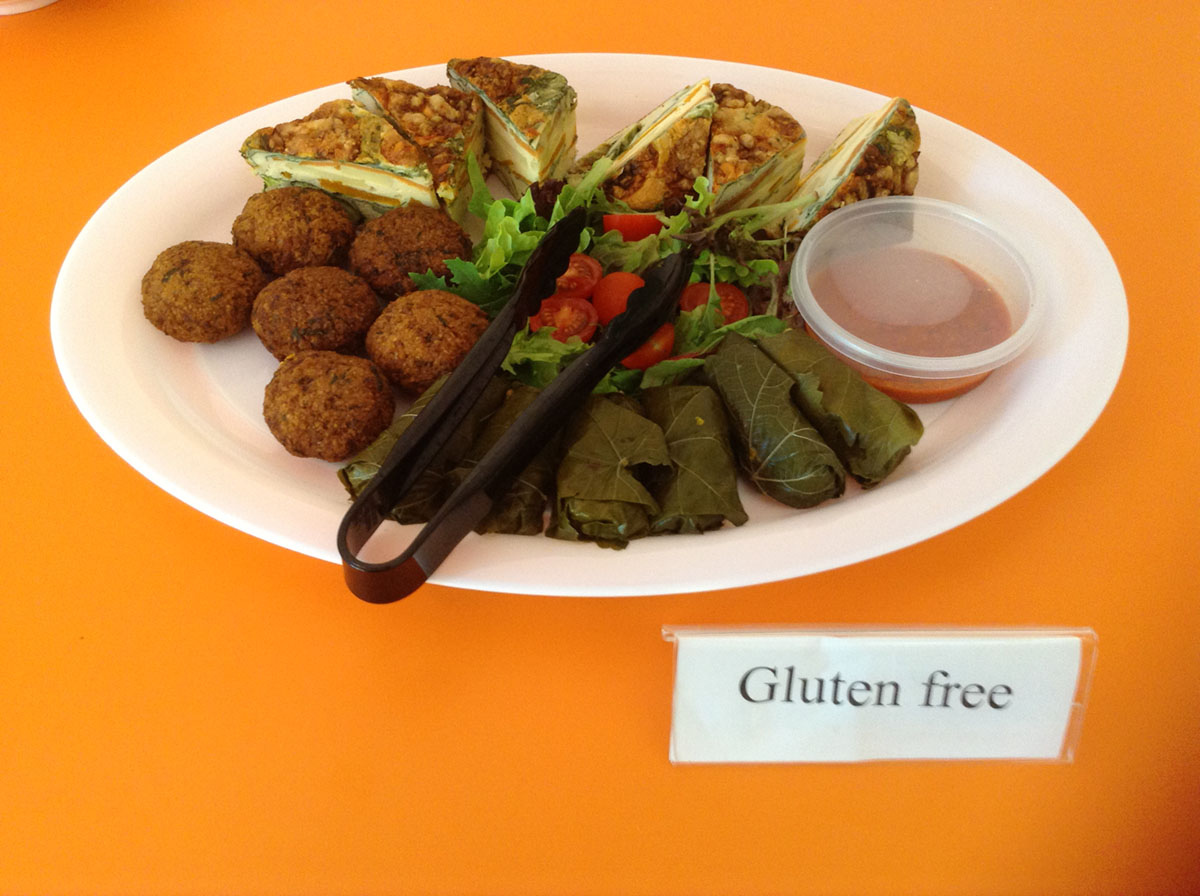
Gluten and gluten intolerance
Gluten is a common ingredient in a number of the foods. Chemically, it is a protein. It can be found in foods such as rye, wheat, and barley. The problem with gluten is that many people develop intolerance to gluten, or even become allergic to it. This is a condition known as Celiac disease. It is common at a younger age but older people can develop gluten intolerance as well. Although there are differences between intolerance and allergy from perspective of symptoms (that can be severe and even fatal), both conditions will require the suffering person to switch to a gluten free diet.
Diet plan for gluten intolerance
Following a gluten intolerance diet will make the symptoms of intolerance or allergy to gluten go away. Unfortunately, the symptoms will quickly reemerge if you resume a normal, unmonitored diet. The good news, if it can be called that, is that this is an easy way to find out if you cannot tolerate gluten. This is not a recommended way to find out if you are having issues with gluten if your symptoms are serious, as you will likely be playing with your life. Instead, consult a doctor and plan treatment and proper diet.
Gluten is present in many foods and unfortunately, you will have to give these up. It is not only the taste of those foods that you will have to forfeit. It is also the nutritional value of all other things in those foods that are not gluten, nutrients that might be essential for proper functioning of your organism. Luckily, there are many gluten-free foods which contain the needed nutrients.
Allowed foods
The foods listed below are on the "green list". Nowadays most labels will have a "gluten-free" inscription if the product is gluten-free, in case that you wonder. Keep in mind that gluten free diet is not necessarily a healthy diet. Fizzy drinks and potato chips might be gluten free, but we do not recommend a "chips and soda" diet to anyone.
All fresh or canned fruits and vegetables are OK to eat. Unflavored milk in any form is also fine, as are cream, cheese, cottage cheese, yogurt (unflavored), sour cream and butter. Eggs, margarine, tofu and soy milk are also allowed.
Virtually any type of meat is good to eat. Only avoid processed meat, and do not overdo canned tuna and chicken.
Allowed snacks include rice cakes, nuts and seeds (as long a these are plain and unflavored), corn and unflavored potato chips, rice crackers, popcorn.
Allowed grains, cereals and bakery products include dried and baked beans, lentils, peas, puffed rice, plain brown or plain white rice, corn tacos, grits, tortillas, cereals made of corn and rice without malt extract, maize, soy, lentil, potato and rice flour, rice bran, potato flour and others.
It is alright to use flavoring agents such as peanut butter (if you are not allergic to peanuts as well) , any form of sugar, honey, jams and jellies, corn and maple syrup, maple syrup.
Various herbs and spices, pickles, mustard, ketchup, distilled vinegar, salt and pepper are also to be used freely. Safe oils are vegetable oil, canola oil and olive oil.
You are also allowed to drink pure fresh fruit juice, soft drinks, tea and coffee, cocoa, wine and liquor.



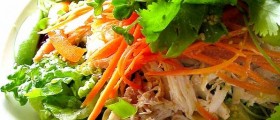
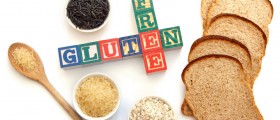
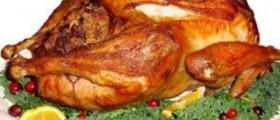
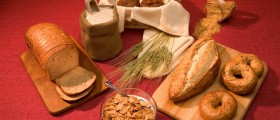

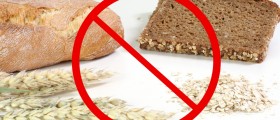
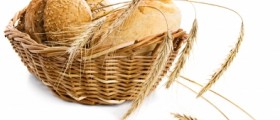
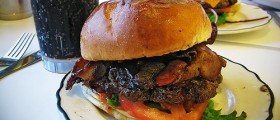
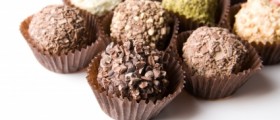


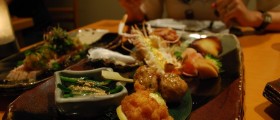
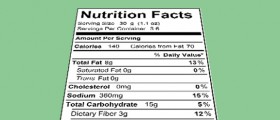

Your thoughts on this
Loading...